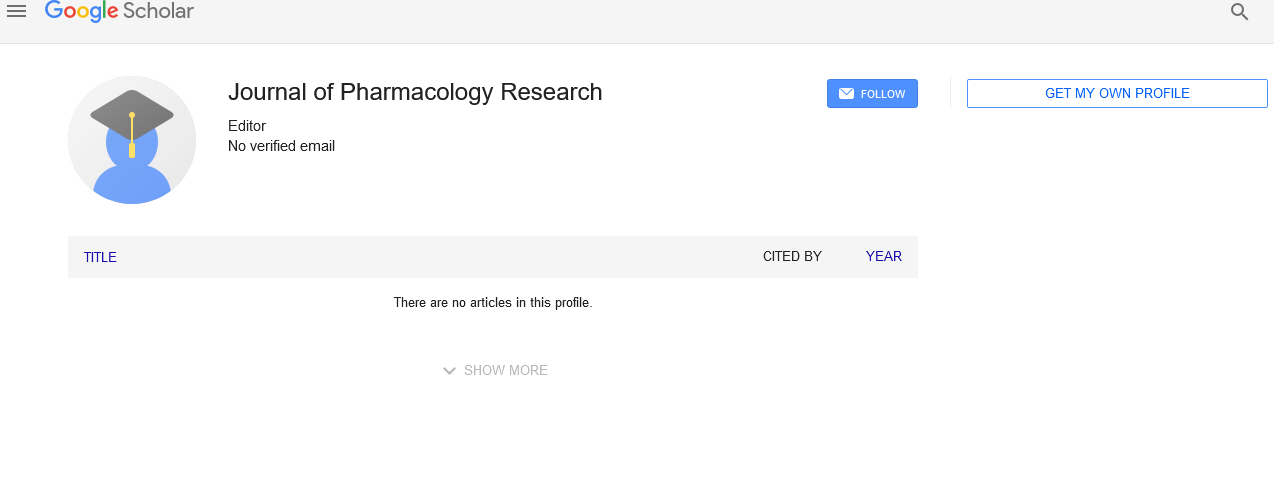A brief note on routes on drug administration
Received: 02-Dec-2021 Accepted Date: Dec 16, 2021; Published: 23-Dec-2021
Citation: Hirokava T. A brief note on routes on drug administration. J Pharm Res. 2021;4(6):1
This open-access article is distributed under the terms of the Creative Commons Attribution Non-Commercial License (CC BY-NC) (http://creativecommons.org/licenses/by-nc/4.0/), which permits reuse, distribution and reproduction of the article, provided that the original work is properly cited and the reuse is restricted to noncommercial purposes. For commercial reuse, contact reprints@pulsus.com
Description
The route of administration is essentially determined by the drug's properties (for example, water or lipid solubility, ionisation, and so on) as well as the therapeutic goals. Enteral and parenteral medication administrations are the two most used methods.
Enteral
The simplest and most usual method of drug administration is enteral administration, or giving a drug by mouth. When the medicine is administered through the mouth, it can be swallowed for oral delivery or placed beneath the tongue for direct absorption into the bloodstream.
Oral: The patient benefits from taking a medicine by mouth because it is easy to self-administer and reduces the amount of systemic infections that could complicate treatment.
Furthermore, anti-dotes such as activated charcoal can be used to combat oral toxicity or overdose. Medication absorption, on the other hand, involves the most intricate pathways, and the drug is exposed to hostile Gastro Intestinal (GI) conditions that may impede its absorption. Some medications are absorbed through the stomach; but, due to its larger absorptive surface, the duodenum is a primary source of entry into the systemic circulation. Before being disseminated into the general circulation, most medicines taken from the GI tract enter the portal circulation and pass through the liver. These medications go through first-pass metabolism in the liver, where they can be extensively processed before reaching the bloodstream.
Drugs with a high first-pass metabolism should be administered in large enough doses to guarantee that enough active drugs reach the target organ. Drugs used with meals or in conjunction with other medications can affect absorption. Due to the delay in gastric emptying caused by the presence of food in the stomach, medicines that are damaged by acid (such as penicillin) become unavailable for absorption.
Sublingual: When a medicine is placed under the tongue, it diffuses into the capillary network and so enters the systemic circulation directly. Sublingual administration has a number of advantages, including quick absorption, ease of administration, reduced infection risk, avoidance of the hostile GI environment, and avoidance of first-pass metabolism.
Parenteral
The parenteral method delivers medications directly into the systemic circulation or other vascular tissue, bypassing the body's barrier defences. For medications that are poorly absorbed from the GI system or for substances that are unstable in the GI tract, parenteral administration is employed. Parenteral administration is also utilised to treat unconscious individuals and in situations where quick action is required. These routes also offer the maximum bioavailability and are not affected by first-pass metabolism or severe GI conditions. Parenteral administration allows for the most precise control of the drug dose supplied to the body. These ways, on the other hand, are permanent and can result in pain, fear, and illness. Intramuscular, subcutaneous, and intravenous are the three main parenteral methods. Each route has advantages and drawbacks.
Intravenous: The most common parenteral approach is injection. There is often no other option for medications that are not absorbed orally, such as the neuromuscular blocker otracurium. The medicine avoids the GI system and, as a result, first-pass metabolism by the liver with IV administration. Intravenous delivery allows for a quick effect and the most precise management of the drug's circulation levels. Unlike medications in the GI tract, however, those that are injected cannot be recalled through emesis or binding to activated charcoal. Inadvertently introducing bacteria by contamination at the injection site is a risk of intravenous injection. By delivering large amounts of medication to the plasma and tissues too quickly, IV injection might trigger hemolysis and other side effects. As a result, the infusion rate must be carefully monitored. Intra-arterially injected medicines raise similar issues.





